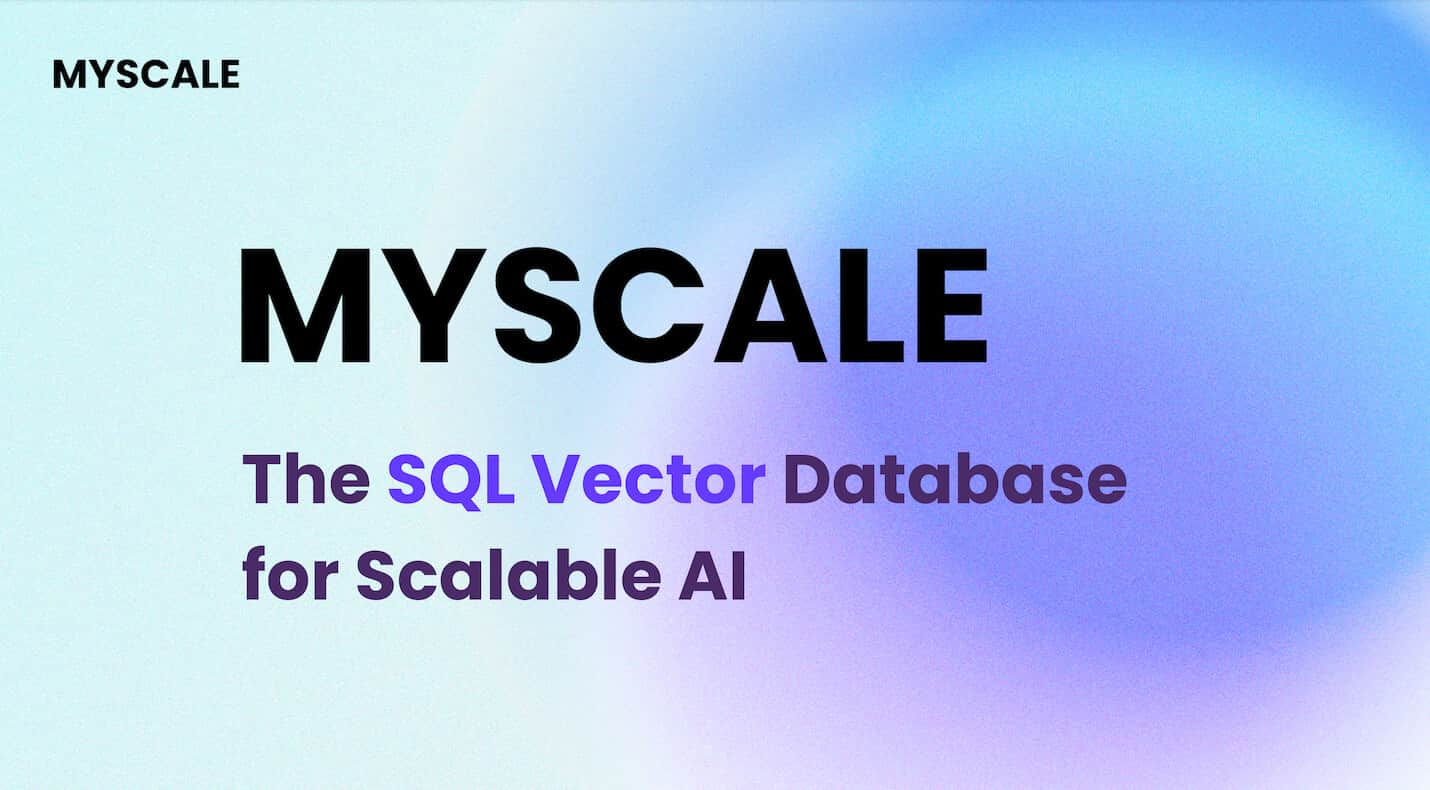
# Exploring the World of Reranking Models (opens new window)
Reranking models play a pivotal role in refining search results and enhancing user experience. Reranking Models are algorithms that reorder search results based on various criteria to improve relevance and accuracy. The basics of reranking involve reorganizing search outcomes to prioritize the most relevant content for users. This process is crucial as it significantly impacts the quality of search results.
In the realm of technology, reranking models are instrumental in Enhancing Search Engines by fine-tuning search algorithms to deliver more precise and tailored results. By optimizing search rankings, these models ensure that users receive the most relevant information promptly. Moreover, reranking models contribute to Improving User Experience by presenting users with content that aligns closely with their preferences and needs.
Studies have shown that nearly all embeddings benefit from reranking, leading to improved hit rates and Mean Reciprocal Ranks (MRRs) (opens new window). This statistical data underscores the significance of rerankers in refining search outcomes across various domains. Additionally, Cohere (opens new window)'s fine-tuned Rerank model (opens new window) has demonstrated substantial enhancements in accuracy (opens new window) compared to base models within specific domains.
# Understanding the Best Reranking Models
Reranking models are evaluated based on specific criteria to determine their effectiveness in enhancing search outcomes. Accuracy and Precision are fundamental aspects when assessing reranking models. The ability of a model to precisely reorder search results based on relevance is crucial for improving user experience. Moreover, Speed and Efficiency play a vital role in ensuring that the reranking process does not compromise the timeliness of search results.
When comparing a fine-tuned Rerank model with its base counterpart, significant differences emerge. The fine-tuned model showcases remarkable improvements, doubling the accuracy over (opens new window) the base model within a specific domain. This enhancement underscores the importance of fine-tuning in achieving superior performance and adaptability in reranking models. Efficiency and predictability are inherent qualities of rerank models, with fine-tuning enabling domain adaptation and heightened performance levels.
An overview of some of the top reranking models reveals diverse options catering to different needs. Cohere, a leading paid service, stands out for its advanced algorithms that prioritize accuracy and relevance in search results. On the other hand, bge-reranker-large (opens new window) offers a comparable open-source alternative for those seeking customizable solutions without compromising quality.
# How the Best Reranking Models Enhance Search Results
In the realm of search engine optimization (SEO), reranking models play a pivotal role in shaping the digital landscape. Their impact extends beyond mere reordering of search results; they significantly influence content relevance (opens new window) and website visibility (opens new window). By leveraging advanced algorithms, these models enhance the overall search experience for users and businesses alike.
# Improving Content Relevance
SEO case studies (opens new window) provide valuable insights into how reranking models contribute to enhancing content relevance. Analyzing successful tactics and strategies through these case studies offers a learning opportunity for SEO practitioners to refine their approaches. By understanding the factors that lead to positive ROI and improved search visibility, practitioners can tailor their content to align more closely with user intent.
Utilizing reranking models effectively involves optimizing content based on specific criteria that resonate with target audiences. Through strategic keyword placement, semantic analysis, and user engagement metrics, websites can improve their rankings and organic traffic growth over time. The continuous refinement of content relevance ensures that users are presented with information that meets their needs and preferences.
# Boosting Website Visibility
One of the key benefits of implementing robust reranking models is the boost in website visibility across search engines. SEO case studies highlight how these models contribute to increased engagement and conversion rates by elevating website visibility. By fine-tuning search algorithms and prioritizing relevant content, businesses can enhance their online presence and attract a larger audience.
SEO case studies serve as a strategic review of optimization initiatives (opens new window), shedding light on the goals, technical approaches, and outcomes of specific tactics. This detailed analysis not only showcases the effectiveness of reranking models but also provides actionable insights for improving website visibility. By incorporating best practices gleaned from case studies, businesses can optimize their online performance and drive sustainable growth.
# Vector Databases and Reranking Efficiency
As reranking models tackle increasingly complex data, vector databases offer a solution for improved efficiency. MyScaleDB (opens new window), a cloud-based SQL vector database, exemplifies this approach by enhancing reranking operations through real-time processing of relevant data points.
MyScaleDB combines vector and full-text search capabilities, potentially improving Retrieval-Augmented Generation (opens new window) outcomes. Its MSTG (opens new window) vector indexing algorithm aims to boost performance while reducing memory consumption, which could benefit large-scale reranking tasks. Built on ClickHouse, MyScaleDB provides SQL support, enabling advanced vector joint queries and text-to-SQL for flexible data management.
The platform's full-text search capabilities, including BM25 for relevance ranking and configurable tokenizers, complement vector search in reranking tasks. Its hybrid search (opens new window) combines the benefits of both approaches, enhancing accuracy and speed in text searches to meet users' expectations for precise results efficiently.
For organizations with extensive datasets and complex search requirements, integrating a vector database like MyScaleDB into their reranking pipeline could offer significant benefits. Vector database represent an interesting direction in improving search and retrieval efficiency, potentially offering value through enhanced performance and improved observability in AI-driven search systems.
# Final Thoughts on Reranking Models
As the landscape of Reranking Models continues to evolve, advancements and innovations are shaping the future of search result refinement. Insights from industry experts like Claire Longo (opens new window), Head of MLOps Solutions Engineering at Arize AI (opens new window), emphasize the deterministic nature of rerank models. Claire's overview underscores the importance of fine-tuning these models for domain adaptation and enhanced performance.
The data gleaned from various studies highlights the critical role rerankers (opens new window) play in improving search outcomes. By doubling accuracy (opens new window) and optimizing hit rates, reranking models demonstrate their efficacy across diverse domains. While traditional ranking methods have been prevalent, emerging reranking models aim to capture interdependencies among documents for more optimal search result ordering.
In various industries, the growing importance of reranking models is evident. These models offer a complementary approach to traditional search methods, enhancing overall efficiency and precision. Evaluating the effectiveness of different strategies remains a challenge, emphasizing the need for dataset-specific (opens new window) and application-oriented reranking solutions to achieve optimal results.



